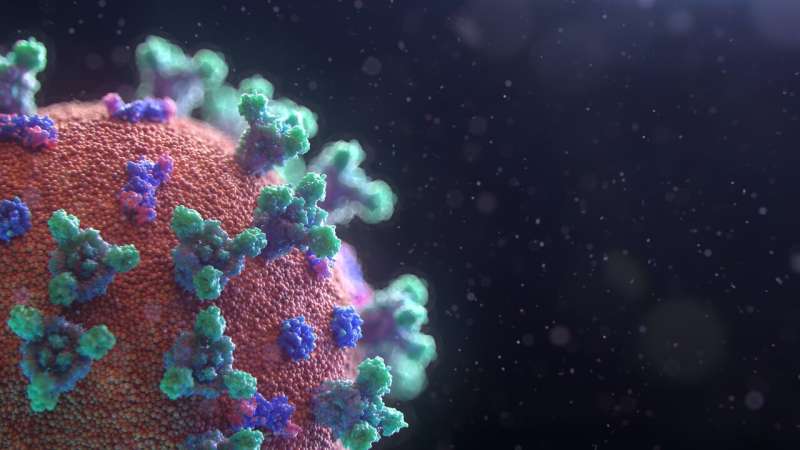How to better understand what makes a virus win during transmission?

Estimating fitness variation among microorganisms, meaning their aptitude to survive and reproduce in given conditions, allows researchers to predict their infection trajectories in single hosts and transmission in host populations. Among two viral strains, which will be the one to win against the host's immune response, or upon administration of drugs and vaccines? In virus dynamics, understanding such scenarios in detail is crucial, given the increase in resistance to antivirals and other evolutionary changes. Today, this understanding is enhanced via mathematical models, but the majority of current approaches describe limited scenarios, focusing on competitive exclusion, where one strain of the virus always wins over another because it has higher fitness.
The Mathematical Modelling of Biological Processes research group from Instituto Gulbenkian de Ciência developed a mathematical framework that enables extension beyond such limitation. Based on the Lotka-Volterra model, widely used in ecology, the researchers propose a framework that allows, in addition, verification of scenarios of frequency-dependent competition between microbial strains in a host leading up to transmission.
"We applied this framework to a dataset obtained from previous studies, where they estimated different parameters related to differences in transmission fitness between two influenza virus strains in ferrets," explains Erida Gjini, lead author of the study. "We went further and, by considering more complex interactions between viruses and the role of stochasticity in transmission, we showed that for the same dataset our model predicts a scenario of coexistence between strains and reveals a higher transmitted viral load," concludes the researcher.
The advantage of this framework lies in its simplicity and generality: the model can be applied to other ecological scenarios of microbial competition, while allowing exploration of more outcomes from the competitive dynamics between two strains.
More information: Afonso Dimas Martins et al. Modeling Competitive Mixtures With the Lotka-Volterra Framework for More Complex Fitness Assessment Between Strains, Frontiers in Microbiology (2020). DOI: 10.3389/fmicb.2020.572487
Provided by Instituto Gulbenkian de Ciência (IGC)




















